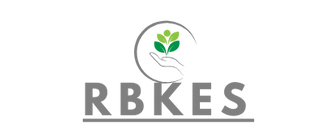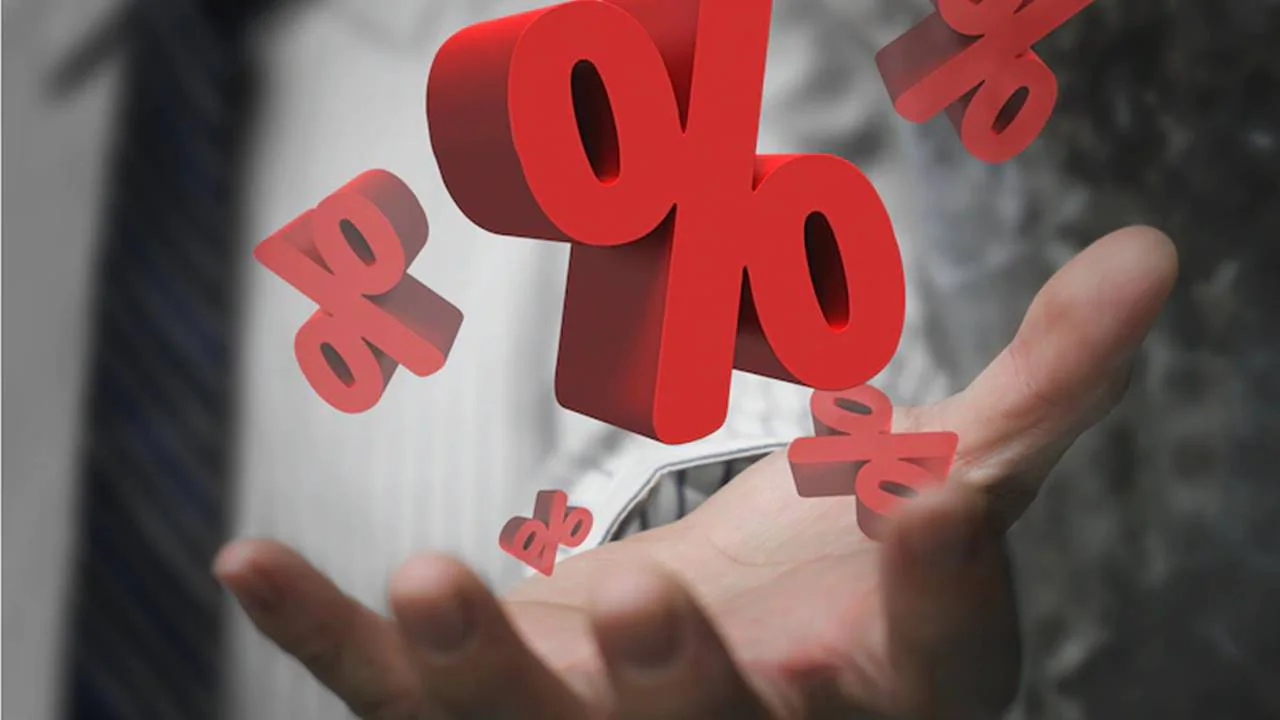Introduction
When taking out a loan, one of the most important decisions you’ll face is choosing between a fixed-rate loan and a variable-rate loan. Both types of loans have distinct advantages and drawbacks, and your decision will depend on factors such as your financial situation, the current economic environment, and your long-term goals. In this article, we’ll break down the differences between fixed and variable rate loans, discuss the pros and cons of each, and help you determine which option might be the best fit for your needs.
What Is a Fixed-Rate Loan?
A fixed-rate loan is a loan in which the interest rate remains the same throughout the entire term of the loan. This means that your monthly payments will always be predictable, and you won’t need to worry about changes in interest rates during the loan’s duration.
Key Features:
- Consistent Interest Rate: Your interest rate is locked in at the time of approval and doesn’t change.
- Stable Monthly Payments: Your monthly payment remains the same for the entire loan term.
- Predictable Total Cost: You can easily calculate the total interest you will pay over the life of the loan since the rate does not fluctuate.
What Is a Variable-Rate Loan?
A variable-rate loan, also known as an adjustable-rate loan, has an interest rate that can change over time based on fluctuations in an underlying index or benchmark, such as the LIBOR (London Interbank Offered Rate) or the U.S. Treasury rate. Typically, the rate starts lower than a fixed-rate loan but can rise or fall depending on economic conditions.
Key Features:
- Interest Rate Adjustments: The interest rate on the loan can change at regular intervals (e.g., every 6 months or yearly).
- Initial Lower Rate: Variable-rate loans often offer a lower initial interest rate compared to fixed-rate loans.
- Rate Caps and Floors: Many variable-rate loans have a cap (the maximum rate the loan can reach) and a floor (the minimum rate it can fall to).
Pros and Cons of Fixed-Rate Loans
Pros:
- Predictability: The biggest advantage of a fixed-rate loan is predictability. Since your interest rate is locked in, you always know how much you will pay each month, making budgeting and financial planning easier.
- Protection Against Rate Increases: If interest rates rise in the future, you’re protected because your rate remains fixed. This can be a valuable feature if you expect interest rates to rise.
- Stable Payments Over Time: Fixed-rate loans offer peace of mind because you won’t have to worry about your monthly payments increasing unexpectedly.
Cons:
- Higher Initial Rate: Fixed-rate loans often start with a higher interest rate compared to variable-rate loans. This means you might pay more in interest, especially if rates remain stable or decrease over time.
- Less Flexibility: Fixed-rate loans lock you into the same interest rate for the life of the loan. If market rates drop, you won’t benefit from the lower rates without refinancing.
- Higher Total Interest Costs (in Some Cases): If the market interest rates are lower than your fixed rate, you may end up paying more in interest over the life of the loan.
Pros and Cons of Variable-Rate Loans
Pros:
- Lower Initial Interest Rate: Variable-rate loans typically start with a lower interest rate compared to fixed-rate loans. This can be appealing if you’re looking to save money upfront.
- Potential for Lower Rates Over Time: If market rates remain low or decrease, you could benefit from paying less interest over time, making your loan more affordable.
- Short-Term Savings: If you plan to pay off the loan relatively quickly, a variable-rate loan could save you money in interest if rates stay stable or drop during the loan term.
Cons:
- Uncertainty: The biggest disadvantage of a variable-rate loan is uncertainty. Your interest rate—and consequently your monthly payments—can increase over time, making it harder to predict your financial obligations.
- Rate Increases: If interest rates rise, your loan payments can become more expensive. This is especially risky if you have a long-term loan or if market rates increase significantly.
- Complexity: Variable-rate loans can be more difficult to understand, as they often involve an index, margin, and adjustment periods. It can be challenging to predict how your payments will change over time.
Factors to Consider When Choosing Between Fixed and Variable Rate Loans
1. Your Financial Stability and Long-Term Goals
- Fixed-Rate Loan: If you prefer stability and want to lock in a predictable monthly payment that won’t change, a fixed-rate loan is ideal. This is especially important for borrowers who have a tight budget or want certainty over the long term.
- Variable-Rate Loan: If you expect to be able to pay off the loan relatively quickly and are comfortable with some level of uncertainty, a variable-rate loan may offer short-term savings. This option can be attractive if you anticipate that interest rates will remain stable or decline in the near future.
2. Current Interest Rates and Economic Conditions
- Fixed-Rate Loan: If interest rates are low when you take out the loan, locking in a fixed rate could be beneficial. This allows you to secure a low rate and avoid potential increases in the future.
- Variable-Rate Loan: If interest rates are currently high but expected to drop or remain stable in the near future, a variable-rate loan could be advantageous. You’ll start with a lower rate and potentially save on interest if rates decrease.
3. Loan Term Length
- Fixed-Rate Loan: For long-term loans (e.g., mortgages), a fixed-rate loan can provide stability. Over time, the benefits of locking in a low rate could outweigh the potential for fluctuating rates.
- Variable-Rate Loan: If you plan to pay off the loan in a shorter time frame, a variable-rate loan may be more suitable. The initial lower rate can lead to significant savings if you are able to pay off the balance before rates increase.
4. Risk Tolerance
- Fixed-Rate Loan: If you prefer predictability and want to avoid the risk of rising interest rates, a fixed-rate loan provides peace of mind.
- Variable-Rate Loan: If you are comfortable with the possibility of fluctuating payments and can manage potential increases in your loan costs, a variable-rate loan might be a good fit.
Which Loan Option is Best for You?
The decision between a fixed-rate loan and a variable-rate loan depends largely on your personal financial situation and how comfortable you are with risk.
- Choose a Fixed-Rate Loan if you:
- Prefer stability and predictability in your payments.
- Want protection against rising interest rates.
- Are taking out a long-term loan or have a fixed income.
- Choose a Variable-Rate Loan if you:
- Are comfortable with some uncertainty in your payments.
- Plan to pay off the loan quickly or within a few years.
- Expect interest rates to remain stable or decrease over time.
- Want to take advantage of a lower initial interest rate.
Conclusion
Choosing between a fixed-rate loan and a variable-rate loan requires careful consideration of your financial goals, risk tolerance, and the current economic environment. Fixed-rate loans provide stability and predictability, while variable-rate loans offer lower initial rates and the potential for savings if interest rates remain favorable. By evaluating your personal situation and the factors that matter most to you, you can make an informed decision that helps you manage your debt effectively and efficiently.

